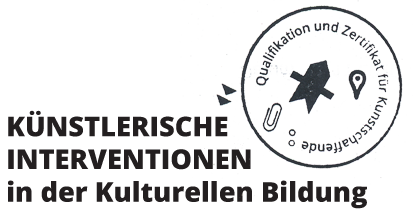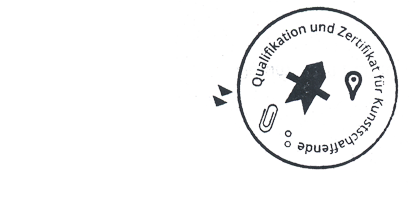


Dr. Naomi A. Haruna: Effectiveness of Artistic Interventions in educational and social contexts within an insurgency environment – A case of Internally Displaced Persons in some selected camps
Over the past decade, the insurgent group known as “Boko Haram” has consistently captured and exploited the people of Borno State, in Nigeria. One of the salient effects of Boko Haram’s activities is forced migration and displacement, which has set back the region decades in development, especially in terms of education and social interactions amongst the people of Maiduguri. Non-Governmental Organisations and the Government have invested a lot of effort and different strategies in advocating for social inclusion and cohesion within communities, especially among Internally Displaced Persons (IDPs) living within camps. There have been advocacies towards an inclusive and holistic approach in implementing developmental processes by revisiting the strength of media and artistic activities. This study uses positively reinforced visual illustrations for the purpose of promoting social inclusion amongst the IDPs and promoting retention in early learners among IDPs of all ages. Bearing in mind that a picture is posed idiomatically to be better than a thousand words, pictures are not only more effortless to recognise and process than words, but are also easier to recall especially during learning process (Devan, 2015). Two examples will be discussed which are centred around the use for artistic approaches for early child education and awareness creation on the importance of social cohesion and integration using an arts-based bottom-up approach. The IDPs participate in designing visual materials that will be used in sensitising the community and thus creating a suitable atmosphere for effective communication and discussion of issues that affect them. Using existing and documented data, the study identifies the peculiar challenges and conditions experienced by IDPs while living in camps and host communities, how they affect their survival strategies, rehabilitation processes and integration processes, and how the visuals designed can be used to advocate for a free, fair and egalitarian society.